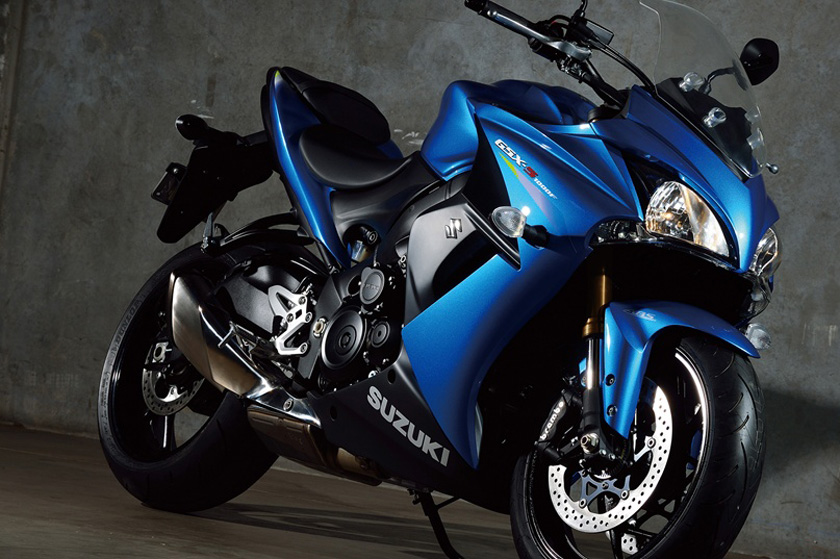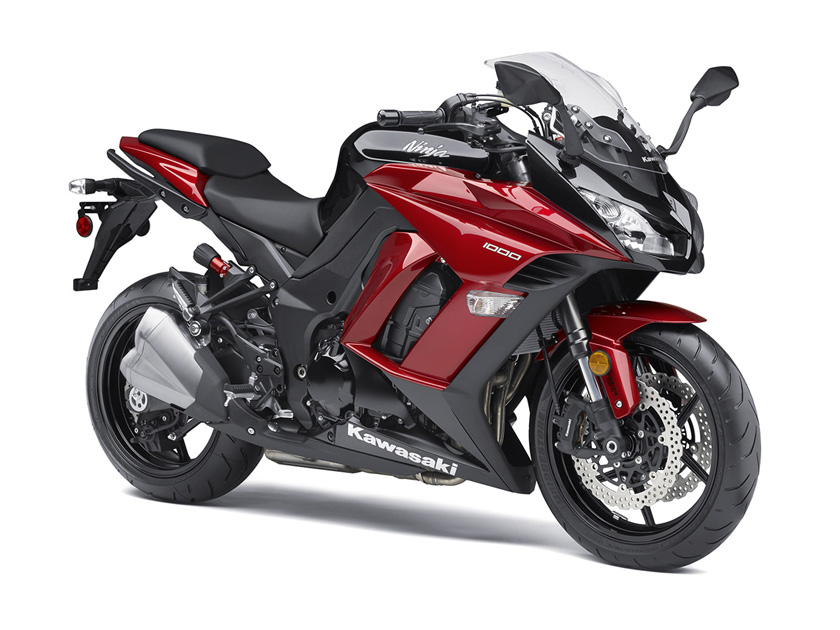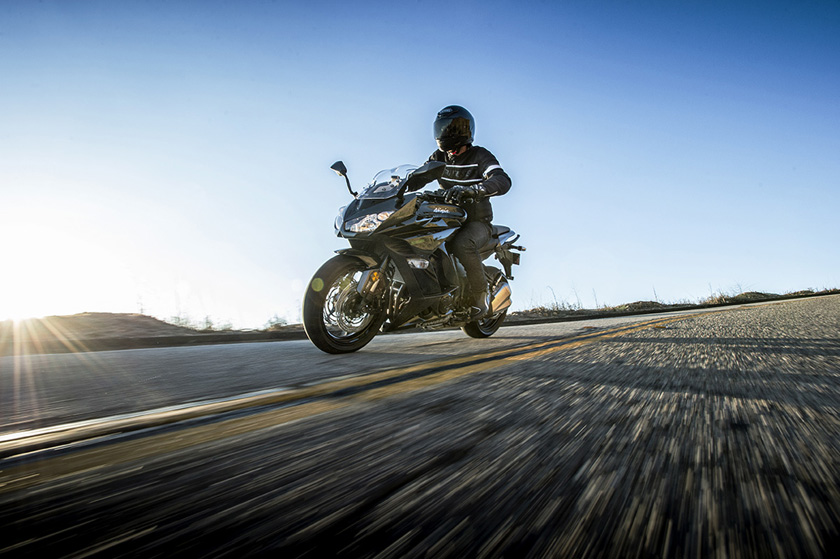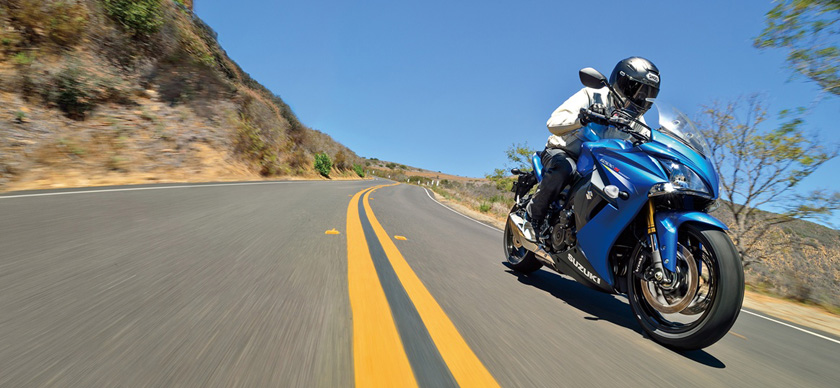Todays article is about the comparison review of the 2016 Suzuki GSX-S1000F ABS vs 2016 Kawasaki Ninja 1000 ABS. 2016 Kawasaki Ninja 1000 ABS the winner of the 2014 Middleweight Sport-Touring Shootout, faces the direct challenge from 2016 Suzuki GSX-S1000F ABS.
The 2016 Suzuki GSX-S1000F ABS vs 2016 Kawasaki Ninja 1000 ABS is explained in this article. Both of these bikes have two inline-four-powered liter bikes both of these bikes delivers the sporty performance with the best stability and handling experience.
These bikes represent the sports bike look and have the best top-end horsepower for the broader and usable powerband. These bikes are ergonomically best and have the best design to receive minimum air drag. This article is the comparison of 2016 Suzuki GSX-S1000F ABS vs 2016 Kawasaki Ninja 1000 ABS.

2016 Suzuki GSX-S1000F ABS vs 2016 Kawasaki Ninja 1000 ABS
2016 Suzuki GSX-S1000F ABS vs 2016 Kawasaki Ninja 1000 ABS – Comparison Features
Engine Features and Power Delivery
The 2016 Kawasaki Ninja 1000 ABS have the powerful engine of 1043 cc Inline Four with the bore of 77 mm and the stroke of 56 mm. The same features are used in the Z1000 Streetfighter. The output of the power is managed by the two modes of engine i.e. Full and Low, with the Ninja utilizes the three methods of Kawasaki Traction Control System. This Traction Control can be turned off if the rider wants to.
Also Read: Honda CB500F vs Honda NC700S vs Kawasaki Z800e
The engine is incredibly responsive at the turn of the throttle. The 2016 Kawasaki Ninja 1000 ABS offer the linear and predictable power delivery to the rider from the early revs up to the 7000 rpm. Even in the Full power mode, the delivery in the lower revs is manageable. On 7000 rpm the power will jump until it reaches the peak at 122.5 ponies at its 10,500 redlines although, there is more power available even it reaches the 9700 rpm. The maximum registered torque is 74.3 pound per feet at 7500 rpm.
The 2016 Suzuki GSX-S1000F ABS come with the powerful engine of 999 cc Inline Four, with the camshaft profiles that improves the street performance in the low-to-mid range. It has the bore of 73.4 mm (3.6 mm smaller than 2016 Kawasaki Ninja 1000 ABS) and has the stroke of 59 mm (3 mm longer than 2016 Kawasaki Ninja 1000 ABS). There are no such engine modes available in 2016 Suzuki GSX-S1000F ABS as they were in 2016 Kawasaki Ninja 1000 ABS, but it has Traction Control System that offers three level of sensitivity and has OFF setting.
It has incredible throttle response, but it lacked the unhealthy engagement of the Kawasaki. The torque of 2016 Suzuki GSX-S1000F ABS is nearly same to the 2016 Kawasaki Ninja 1000 ABS bike, with around 75 pounds per feet available a little later in the rev range at the 9000 rpm. The 2016 Suzuki GSX-S1000F ABS have slightly greater horsepower than the Kawasaki bike, with the 141.8 horsepower at the 10,000 rpm.
Both of these bikes have almost same power output at 8500 rpm, but Suzuki keeps on going but Kawasaki levels off. When riding both bikes side-to-side, the Suzuki came off with the more power and smoothly delivery after the initial throttle opening.

2016 Suzuki GSX-S1000F ABS
Transmission
The transmission of both of these bikes offers accurate, smooth shifting with the best gearbox ratio. Kawasaki Brand has upgraded its bike with the new assist and slippers came in the clutch. The engagement at the lever of Ninja is progressive, and pull is light but is not as easy as on the 2016 Suzuki GSX-S1000 ABS. Both of these bikes have the blip of the throttle that ensures the downshifting is seamless, as it is on Suzuki.
Handling and Suspension
The Suzuki feels lighter at the handlebar, turning is easy and has more nimble as compared to the Kawasaki. Suzuki bike seems harder in suspension and has KYB fork of 43 mm that offers the three-way adjustment and has single KYB shock which is adjustable for the preload and rebound. The curb weight of this Suzuki bike is 474 pound.
The Kawasaki has smart and soft out the front fork of 41 mm with the horizontally mounted shock with the similar adjustable. The rear set up has added benefit to remote the preload adjustment dial which is very useful for those riders who are looking to account for the luggage or the passenger quickly. The curb weight of Kawasaki bike is 511 pound.
2016 Kawasaki Ninja 1000 ABS
Braking
The 2016 Suzuki GSX-S1000F comes with the best braking performance with the best Brembo monoblocs out first offering superior feel and superb response at the lever. It has the dual 310 mm rotors that provide the best performance.
The 2016 Kawasaki Ninja 1000 ABS also have the excellent braking system consist up of the four-piston caliper with the dual 300 mm of the disc that performs well. The rear brake respond more quickly as compared to the Suzuki and offers comparable feel once engaged. The ABS of Kawasaki kicks on quickly than Suzuki.
2016 Kawasaki Ninja 1000 ABS Ride
Ergonomics
Both of these bikes has the best handling impressions. The Suzuki has a slimmer seat slightly, with a bit longer foot-peg that offers the best riding position. The Kawasaki has the wider, more squared seat and has a more upright position of travel. The difference regarding ergonomics are slight but it easier to ride on Suzuki than on Kawasaki. The seat height of 2016 Suzuki GSX-S1000F ABS is 31.9 inches, and the 2016 Kawasaki Ninja ABS are 32.3 inches.
Electronics
The Kawasaki has the two engine modes and the three levels of traction control. It has the left switch gear that allows for the simple. There is no such noticeable difference between the two engine modes, but there is a noticeable difference in the highest traction control setting.
The Suzuki bike has only one engine mode but has four level of traction control, three levels and on OFF option. This bike has been riding on different road conditions but it the difference was noticed at its highest level.
The Kawasaki bike has the less tangled console, with the analog tachometer alongside the digital speedometer and a display including a fuel gauge and the trip-meter. The Suzuki bike has the console which is all digital and has more compact that includes the gear indicator which is not present in Kawasaki.
2016 Suzuki GSX-S1000F ABS Ride
Touring Amenities
Kawasaki bike is more capable that the Suzuki bike when it comes to the touring. It Is due to perfect ergonomics, adjustable engine maps, excellent power delivery and taller adjustable windscreen.
The Kawasaki has the fuel consumption average of 38.9 mpg with its five gallons tank that offers the speed up to 195 miles. Whereas Suzuki has the 4.5 gallons of fuel capacity, but its average is 40.6 mpg with speed up to 183 miles.
Prices
The Pricing of these bikes is again a big difference between these two bikes. The 2016 Kawasaki Ninja 1000 ABS come with the price of $11,999 while the price of 2016 Suzuki GSX-S1000F ABS is $10,999 100 dollars less than the price of Kawasaki bike.
Conclusion
This article is about the 2016 Suzuki GSX-S1000F ABS vs 2016 Kawasaki Ninja 1000 ABS comparison review and it is observed that the 2016 Suzuki GSX-S1000 ABS is an impressive package with the strong power, excellent riding experience, and the outstanding ergonomics.




